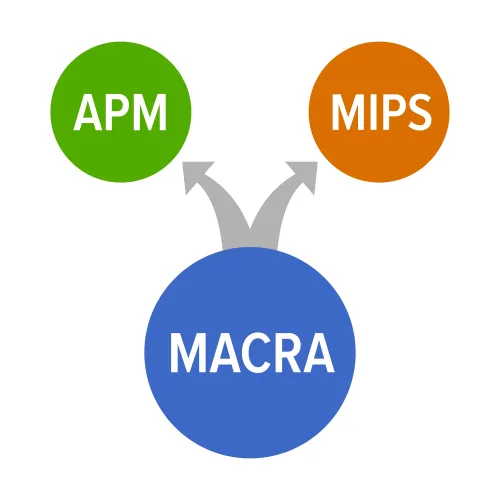Pulmonology Coding Alert
Pulmonary Testing:
Get the Scoop on How to Report the New Pulmonary Testing Codes
Published on Tue Jan 16, 2018

You’ve reached your limit of free articles. Already a subscriber? Log in.
Not a subscriber? Subscribe today to continue reading this article. Plus, you’ll get:
- Simple explanations of current healthcare regulations and payer programs
- Real-world reporting scenarios solved by our expert coders
- Industry news, such as MAC and RAC activities, the OIG Work Plan, and CERT reports
- Instant access to every article ever published in Revenue Cycle Insider
- 6 annual AAPC-approved CEUs
- The latest updates for CPT®, ICD-10-CM, HCPCS Level II, NCCI edits, modifiers, compliance, technology, practice management, and more
Related Articles
Other Articles in this issue of
Pulmonology Coding Alert
- E/M Coding:
Will Your Pulmonologist's E/M Hold up Against PAP Ordering Scrutiny?
Approval of PAP devices could hinge on that face-to-face visit. When it comes to providing [...] - Pulmonary Testing:
Get the Scoop on How to Report the New Pulmonary Testing Codes
Check out these quick tips on how to bill 94617-94618. Much of January is already [...] - Electronic Health Records:
7 Quick Steps Help Fine-Tune Your EHR Program for the New Year
Hint: Bring in more revenue with well-trained EHR aficionados at your practice. Medical practice staff [...] - You Be the Coder:
Differentiate Viral, Bacterial Pneumonias
Question: Can you advise on which diagnosis codes apply for bacterial vs. viral pneumonia? Codify [...] - Reader Question:
Know How Patients Are Accessing Your Online Reputation
Question: We recently received a review online, and that is the only online review of [...]
View All




